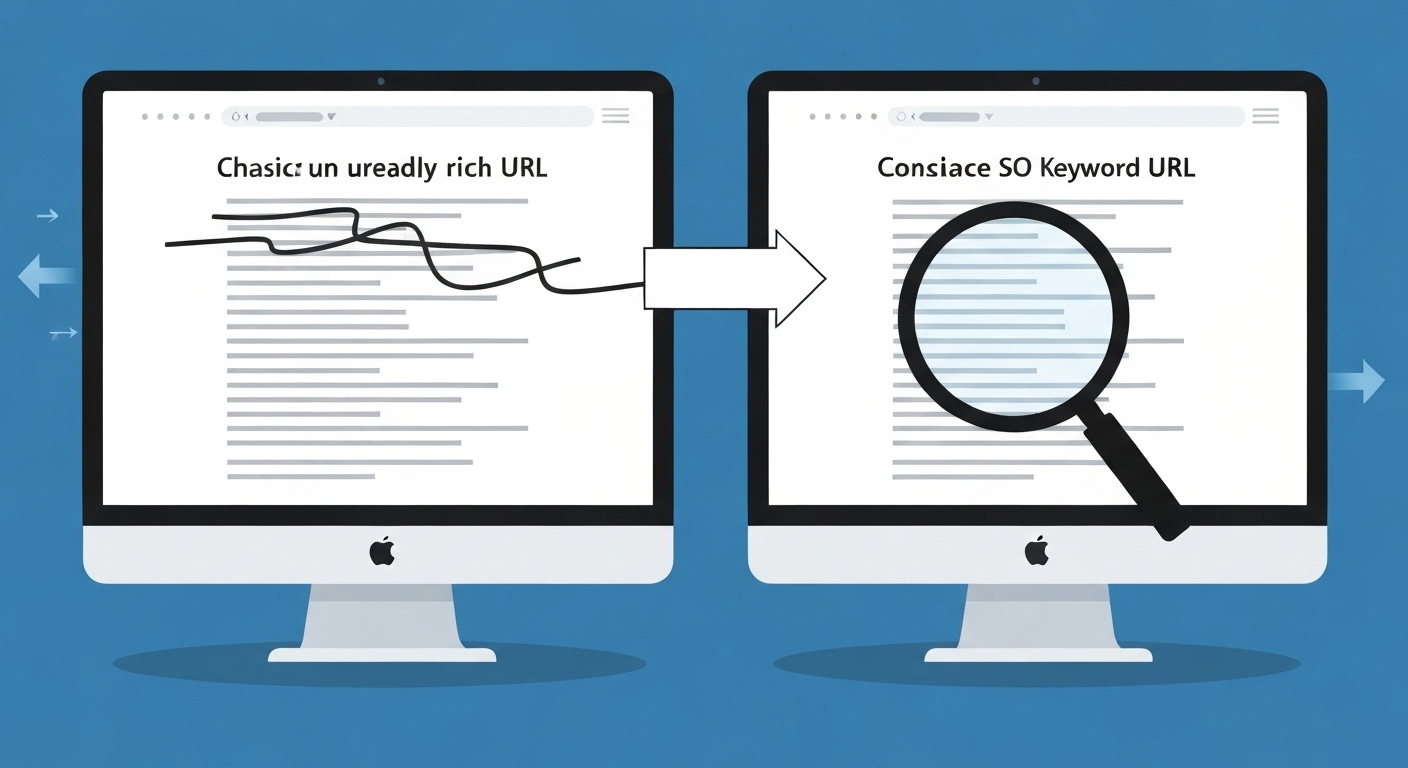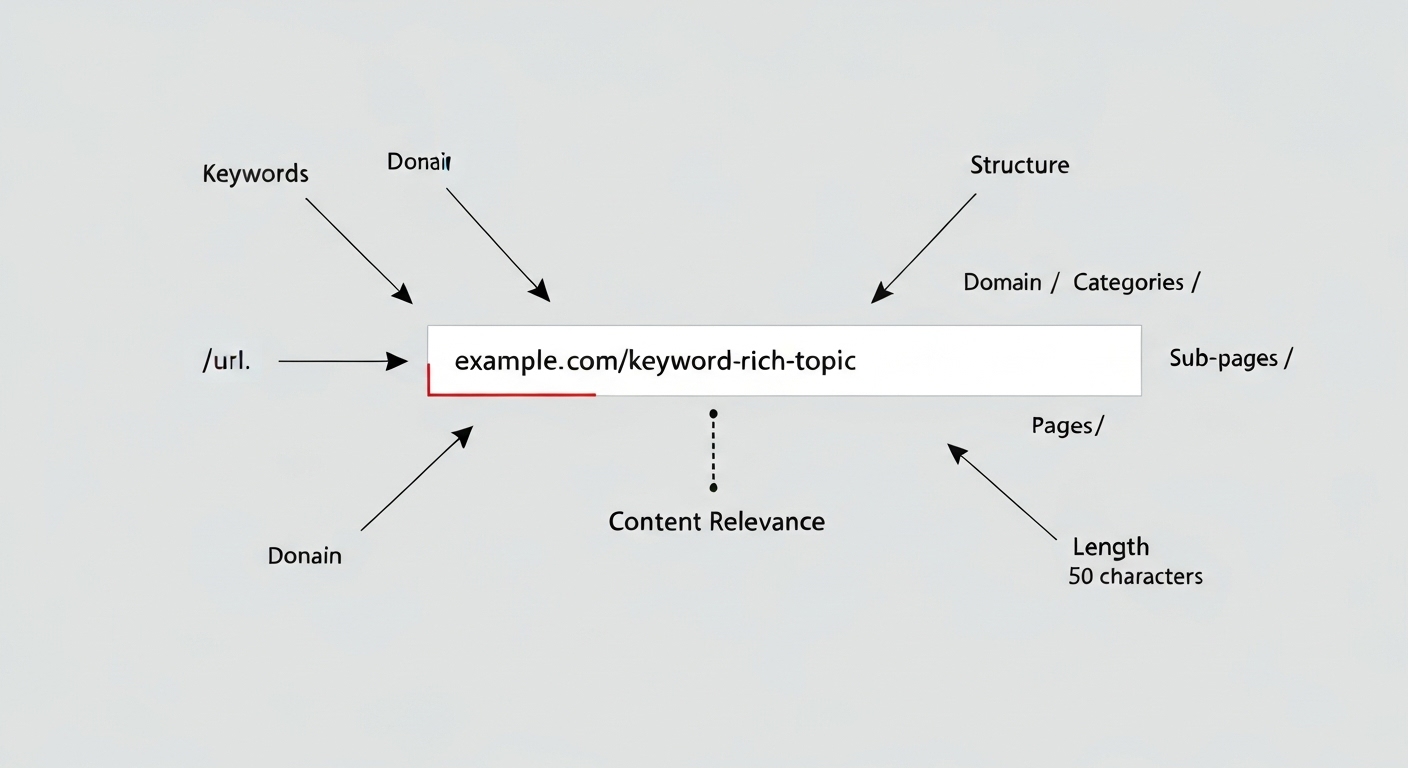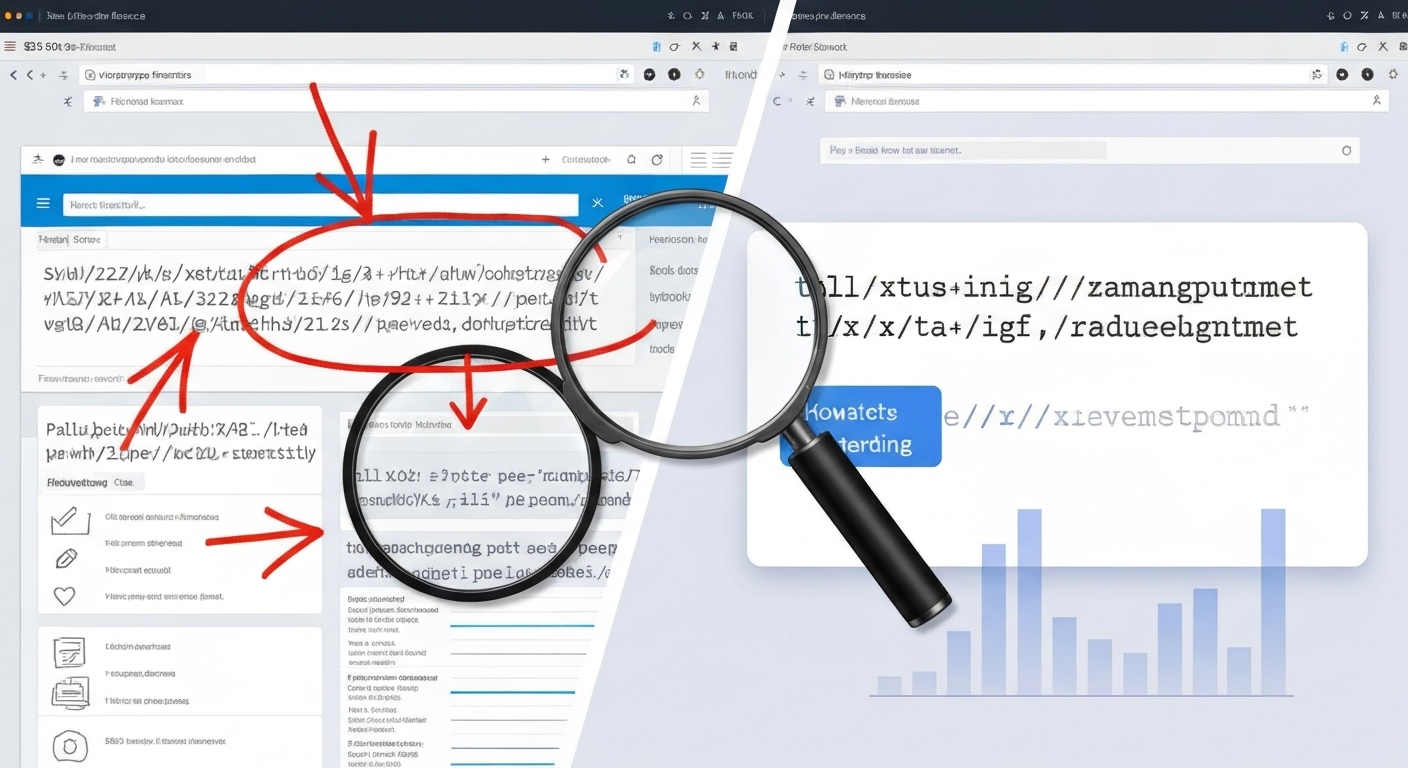How to Create SEO Friendly URLs : A Comprehensive Guide
How to create seo friendly urls is a crucial aspect of optimizing your website for search engines. A well-structured URL not only improves your site’s ranking but also enhances user experience.
Understanding the Importance of SEO Friendly URLs
Search engine optimization relies heavily on various factors, and your URL structure is one of them. SEO friendly URLs are easy to read, understand, and share. They provide context about the page’s content to both users and search engine crawlers.

Why Are SEO Friendly URLs Important?
- Improved Search Engine Rankings: Search engines use URLs to understand the content of a page.
- Enhanced User Experience: Clear and concise URLs help users understand where they are on your site.
- Better Click-Through Rates: Descriptive URLs can increase the likelihood of users clicking on your link in search results.
- Easier to Share: Short and readable URLs are easier to share on social media and other platforms.
Key Elements of SEO Friendly URLs
Creating SEO-friendly URLs involves several key elements. These elements work together to make your URLs more effective for search engines and users alike.

Using Relevant Keywords in Your URLs
Incorporating relevant keywords into your URLs is essential for SEO. This helps search engines understand the topic of your page and can improve your ranking for those keywords. Choose keywords that accurately reflect the content of the page.
Creating a Clear and Logical URL Structure
Your URL structure should reflect the structure of your website. Use categories and subcategories to organize your content and create a logical hierarchy in your URLs. This helps users and search engines navigate your site more easily.
Keeping Your URLs Short and Concise
Shorter URLs are generally better for SEO. They are easier to read, remember, and share. Aim to keep your URLs as short as possible while still including relevant keywords and maintaining a clear structure.
Using Hyphens to Separate Words
Use hyphens (-) to separate words in your URLs. This makes them easier to read and understand. Avoid using underscores (_) or other characters as separators.
Avoiding Stop Words in Your URLs
Stop words like “and,” “the,” and “a” are generally unnecessary in URLs. Removing them can make your URLs shorter and more concise without sacrificing clarity.
Using Lowercase Letters in Your URLs
Using lowercase letters in your URLs is a best practice for SEO. Some servers are case-sensitive, which can lead to duplicate content issues if you use both uppercase and lowercase letters in your URLs.
How to Optimize Existing URLs for SEO
If you already have URLs that are not SEO-friendly, you can optimize them to improve your site’s ranking. This process involves redirecting old URLs to new, optimized URLs.

Implementing 301 Redirects
When you change a URL, it’s important to implement a 301 redirect from the old URL to the new URL. This tells search engines that the page has moved permanently and ensures that users are redirected to the correct page.
Updating Internal and External Links
After changing your URLs, update all internal links on your website to point to the new URLs. Also, if possible, update any external links that point to your old URLs.
Common URL Mistakes to Avoid
There are several common mistakes that can make your URLs less effective for SEO. Avoiding these mistakes can help you improve your site’s ranking and user experience.
Using Dynamic URLs with Too Many Parameters
Dynamic URLs, which contain parameters like “?id=123,” can be difficult for search engines to crawl and understand. Whenever possible, use static URLs that are more descriptive and easier to read.
Creating Long and Complicated URLs
Long and complicated URLs are difficult for users to read and share. They can also be penalized by search engines. Keep your URLs as short and simple as possible.
Ignoring URL Structure and Hierarchy
Failing to create a clear URL structure can make it difficult for users and search engines to navigate your site. Organize your content into categories and subcategories and reflect this structure in your URLs.
SEO URL Structure Best Practices
Following SEO URL structure best practices ensures your website is set up for optimal search engine performance. These practices help search engines understand your site’s content and improve user navigation.
Example of Good URL Structure
A good URL structure might look like this: example.com/category/subcategory/keyword-rich-page-title. This structure is clear, concise, and includes relevant keywords.
Using Breadcrumbs for Enhanced Navigation
Breadcrumbs are a navigation tool that shows users their location on your site. They can also help search engines understand your site’s structure. Implementing breadcrumbs can improve user experience and SEO.
Mobile-Friendly URLs
Ensure your URLs are mobile-friendly. This means they should be short, easy to read, and accessible on mobile devices. Mobile-friendliness is an important ranking factor for search engines.
The Future of SEO Friendly URLs
As search engine algorithms continue to evolve, the importance of SEO friendly URLs remains constant. Staying updated on the latest trends and best practices will help you maintain a competitive edge in search engine rankings.

Impact of Voice Search
With the rise of voice search, URLs may become less visible to users. However, they will still play a crucial role in helping search engines understand the content of your pages. Optimizing your URLs for voice search involves focusing on natural language and long-tail keywords.
The Role of AI in URL Optimization
Artificial intelligence (AI) is increasingly being used to optimize URLs. AI can analyze your website’s content and automatically generate SEO-friendly URLs based on the latest best practices. As AI technology advances, it may play an even greater role in URL optimization.
Conclusion
Mastering how to create seo friendly urls is an ongoing process. By understanding the key elements, avoiding common mistakes, and staying updated on the latest trends, you can significantly improve your website’s ranking and user experience. Remember to focus on creating clear, concise, and keyword-rich URLs that accurately reflect the content of your pages.
For more information on SEO best practices, visit searchenginejournal.com.
And to learn more about how we at Flash Cloud can help, visit our website.
HOTLINE
+84372 005 899


